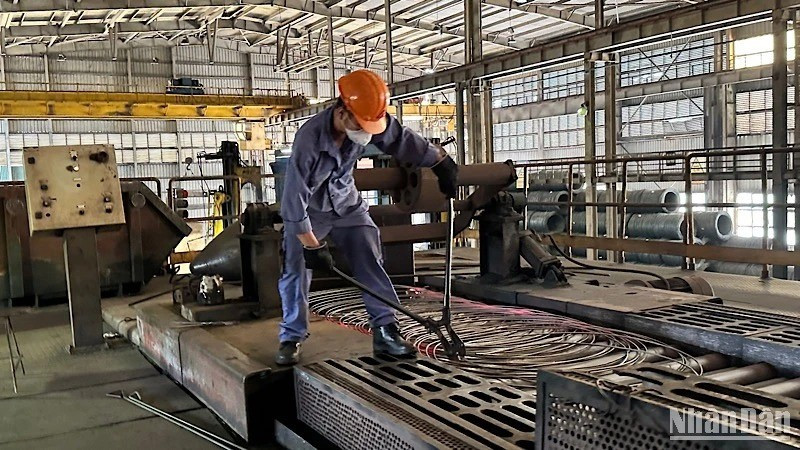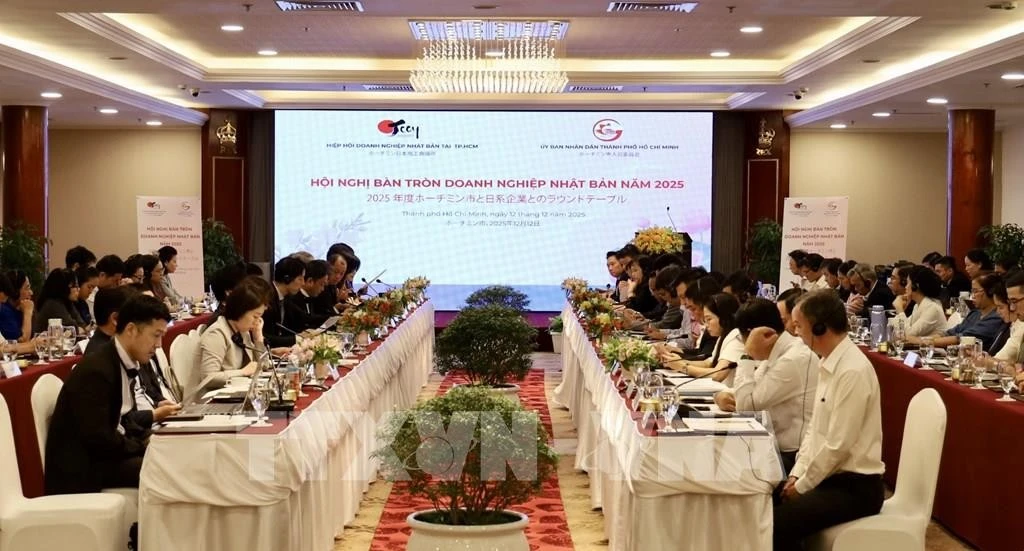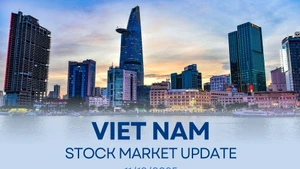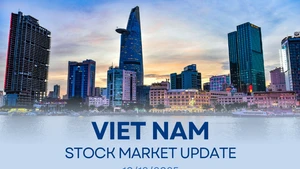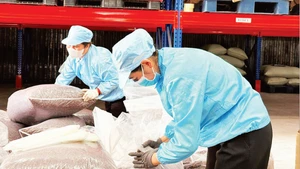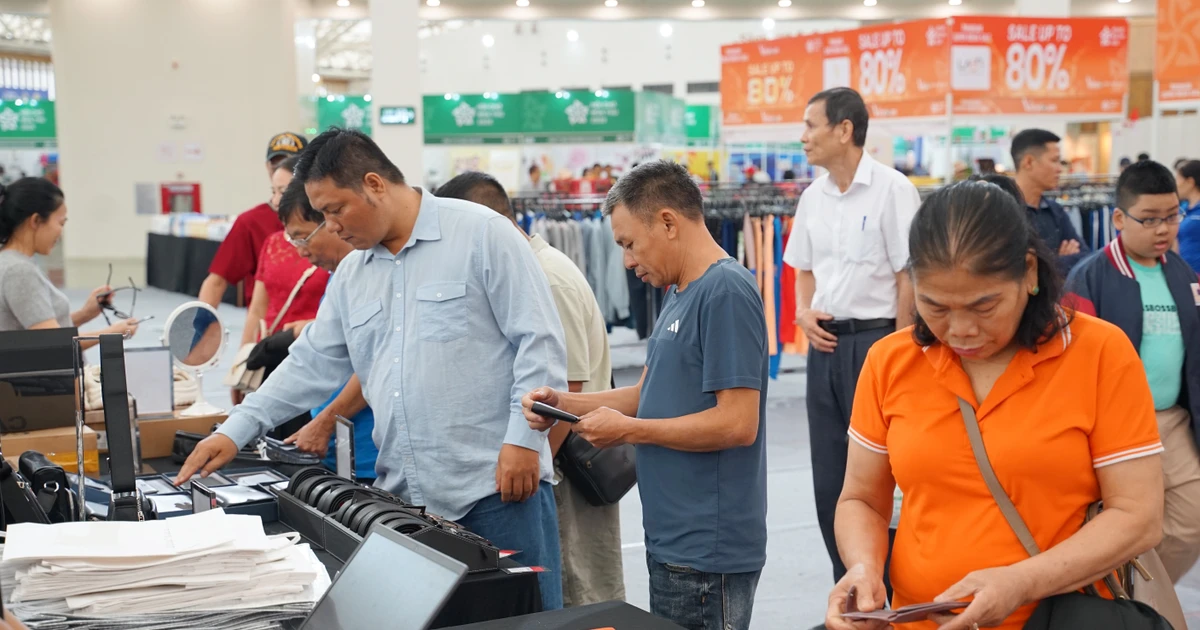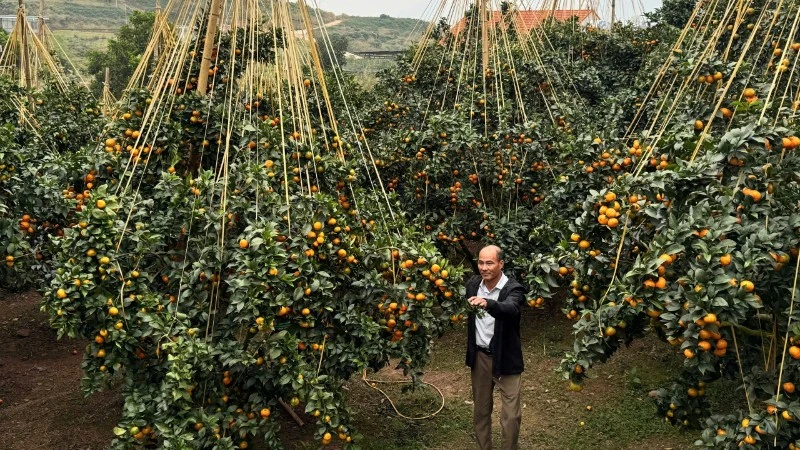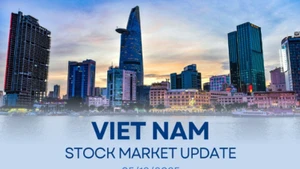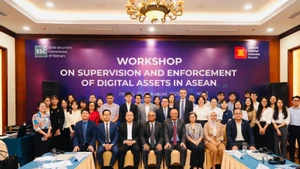On April 2, US President Donald Trump signed an executive order imposing reciprocal tariffs on over 180 economies (with Vietnam facing a 46% rate). However, Vietnamese steel was excluded, as it has already been subject to a 25% tariff since 2018 under Section 232 of the US Trade Expansion Act.
The Trump administration also aims to maintain tax policy stability on strategic metals, which are essential inputs for key US industries such as automotive, construction, and equipment manufacturing, to avoid "double taxation" that could increase costs for American consumers. This creates a multifaceted scenario with both opportunities and challenges for Vietnam’s steel sector.
According to statistics from the Vietnam Steel Association (VSA), in 2024, Vietnam exported nearly 13 million tonnes of steel, worth 9.08 billion USD. The US was the third-largest market, accounting for 14% of total exports, after ASEAN and the EU.
Currently, the US still relies on imports for 12–15% of its steel demand (approximately 20–25 million tonnes per year), so the impacts from tariffs may not necessarily be detrimental to Vietnam’s steel industry if the potentials from this market is tapped wisely.
According to statistics from the Vietnam Steel Association (VSA), in 2024, Vietnam exported nearly 13 million tonnes of steel, worth 9.08 billion USD. The US was the third-largest market, accounting for 14% of total exports, after ASEAN and the EU.
Previously, countries such as Canada, Mexico, and Brazil enjoyed preferential tariff treatment from the US on steel. Now, they face the same 25% rate. This levels the playing field and allows Vietnamese steel to maintain its price competitiveness in the US market, which generates billions of US dollars in revenue each year.
In addition, since the US is not Vietnam’s primary export market, Vietnamese steel firms can pivot to focus on the domestic market, which is recovering thanks to positive signs from public investment and real estate. They can also look to ASEAN markets, which offer advantages through Free Trade Agreements (FTAs).
That said, caution is warranted. As other nations lose access to the US market, they may redirect cheap steel to Asia and Vietnam, increasing competitive pressure on local steel, which is already dealing with oversupply.
Additionally, the risk that Vietnamese steel could face accusations of “disguising origin”— where steel from other countries is disguised as Vietnamese to evade the US high countervailing tariffs — may also be looming.
On April 4, the US Department of Commerce (DOC) announced preliminary results of an anti-dumping investigation on imported coated steel, in which Vietnamese steel faces tariffs as high as 88.12%.
Despite not a final ruling, if Vietnam cannot prove to the DOC by August 18 that its steel is not causing harm to the US steel industry, the US International Trade Commission (ITC) may officially impose additional tariffs by October 2025, citing dumping and illegal subsidies.
History shows that in 2018–2019, the US imposed anti-dumping and countervailing duties of over 400% on certain Vietnamese steel products.
Therefore, timely and effective countermeasures are necessary. The steel industry must accelerate investment in technology upgrades, reduce production costs, and enhance product quality and value.
Importantly, the industry needs to review its export strategies, strictly comply with transparency requirements in the supply chain, and follow regulations on origin declarations. Any accusations related to “disguising origin”, which has been being closely scurtinised by the US, could lead to new sanctions and erode the competitiveness of the entire industry.
At the same time, the industry should continue to diversify markets and leverage FTAs to expand exports. The government should continue to step up diplomatic dialogue with the US to minimise adverse policies and implement effective solutions to maintain access to the US market. Support for businesses in responding to trade defence investigations is also crucial, along with protecting the domestic market from cheap imported steel.
This is a pivotal time for the government and businesses to join hands in ensuring the sustainable future of a key industrial sector.
